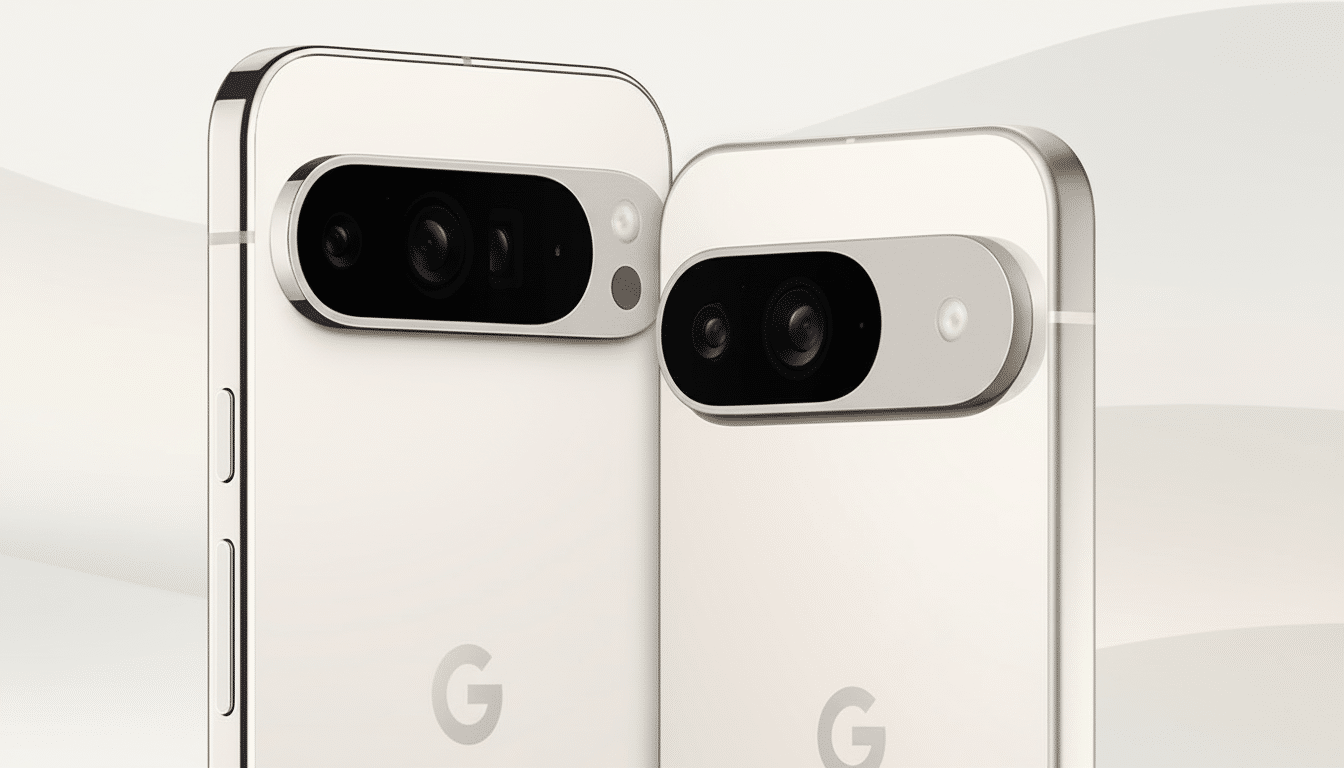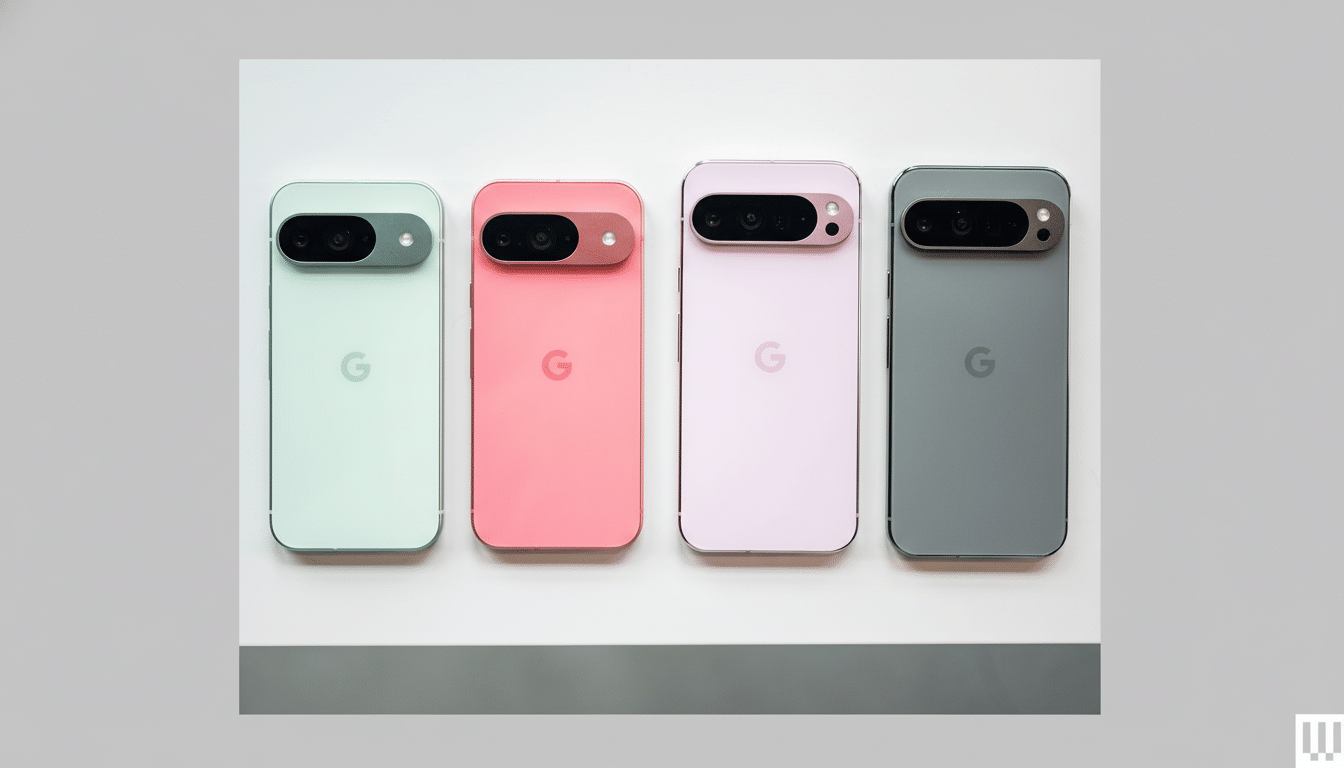Google’s Pixel line re-emerged in the top five premium smartphones globally at a time when such models are struggling, a category known for fierce brand loyalty and high expectations. Google’s high-end shipments (devices priced at over $600) jumped 105% year-over-year in the first half, driven by the Pixel 9 series as well as a clear “AI-first” sales pitch that seems to be resonating with buyers, according to Counterpoint Research.
The wider leaderboard is familiar: Apple still leads with an estimated 62% share of the premium market, and Samsung is still in second, with about 20%. Huawei is now in third-place largely due to strong sales in China, while pressure has brought Xiaomi, which had appeared to have some double-digit momentum behind it, down to fourth. Google’s return to the top 5 rounds off the top positions, and shows how quickly share can evolve when product, position and distribution are coherently executed.

Why Google’s bet on premium worked
Three levers were key: messaging, reach, and perceived value. The first is that Google adhered to the same broad narrative it has woven around AI — on-device intelligence that impacts everyday use cases, from better photography to time-saving personal assistance. Add it all up, and this isn’t just feature sprawl, it’s a story that translates at retail counters and in carrier stores.
Second, distribution improved. Counterpoint points to venture into new territories, alongside studies that suggest LG has an established user base in areas such as Japan and some parts of Western Europe. Wider availability also means that the “niche” effect Google Pixels have experienced in the past is minimized, and that the likelihood of carrier promos and trade-in deals bringing effective pricing more in line with expectations is higher.
Third, the equation of values has matured. Google’s leadership in cameras isn’t theoretical any more — it’s repeatedly reinforced by reviewers and creators. Combine that with lengthy support periods for software and a light Android experience and you’ve got a flagship that you feels like it will last. Anecdotally, retailers say they hear of fewer returns linked to software rough edges than in early Pixel generations, a small but important shift for brand confidence.
Where the premium league stands
Apple’s grip on the high end is still very strong. But with relatively moderate single-digit growth in the period, its 62% share outstrips the rest of the field by a comfortable margin. Samsung remains in second, with around 20 percent, led by the Galaxy S25 series and an evenly distributed portfolio of carrier partners and aggressive trade-ins that keep annual upgrades chugging along.
Huawei’s rebound is powered largely by China, where brand loyalty and domestic supply chain successes have resulted in a 24% increase in share in the premium segment year-by-year, based on Counterpoint Research.Xiaomi is also enjoying the fruits of a refined flagship strategy — sales up 55% year over year — and a talent for delivering high-spec numbers at aggressive price points.

The premium segment itself continues to grow faster than the overall smartphone market; the same trend was also noticed by firms such as IDC and Canalys in the last couple of cycles.Buyers who can afford it are exchanging more, and hesitating less to swap out their phones, effectively reducing the overall cost of ownership. AI features, camera upgrades, and extended software support are all now must-haves for the category, rather than nice surprises.
What it could mean for the next Pixel cycle
Momentum counts for so much in phones, especially going into the back half when marketing budgets hit their peak and holiday pipelines harden. The challenge for Google will be to turn a breakout half into lasting increases in market share. As in continuing supply; carrier shelf space; and ongoing clarity around what “AI-first” means beyond demos, especially in privacy, latency, and reliability for on-device and hybrid AI work loads.
Rivals will spin up a more aggressive AI narrative against the Pixel 10 range. Apple is integrating intelligence at the ecosystem level across its devices, while Samsung is iterating rapidly with its own suite of A.I. In order to protect those gains, Google will have to continue to evolve practical, day-to-day user features — think speedier offline assistance, more reliable call handling, pro-level photo and video tools that just do what they should — while remaining disciplined in terms of thermal management and battery life under the weight of AI loads.
Risks and watch points
We would note that premium growth often invites supply constraints and margin pressure. If promotional air cover becomes the primary demand driver, the brand is flattened. On the other hand, if Google keeps up the strong update promises, embraces repairability and trade-in value and expands partnerships in key regions, it could establish a repeat-buyer base rather than having a one-off spike.
For now, the results are unequivocal: Pixel has re-entered the top tier and not by a nose. With 105% year over year growth in premium shipments Google has finally earned that much coveted seat at the table. The next question is how to stay there.

